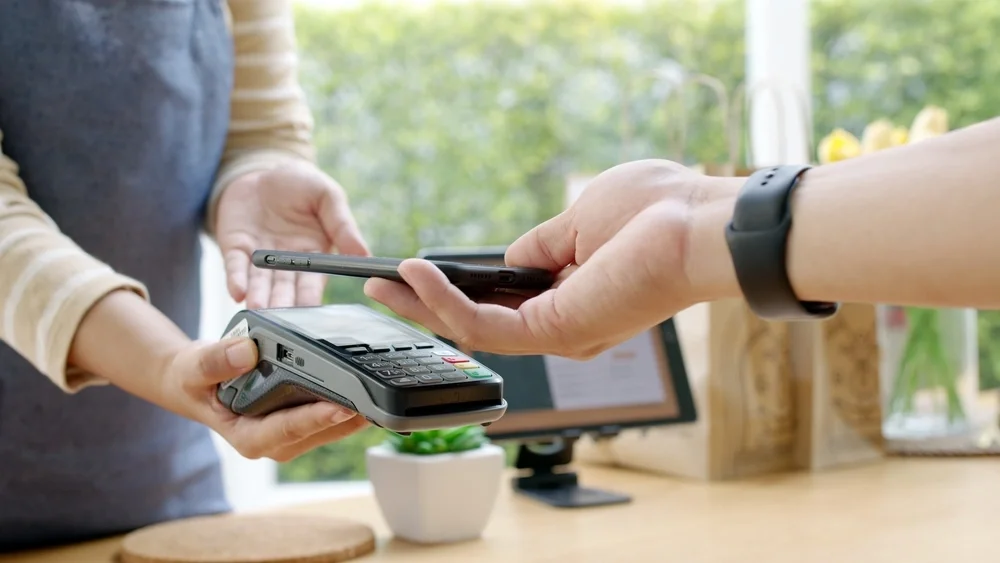What exactly is a good age to introduce your kids to the idea of money management? And what’s the best way to teach them?
We explore answers to some popular questions surrounding teaching kids about money.
At what age should kids learn about money?
Did you know that how you deal with your finances is the biggest influence on your kid’s attitude towards money? So, if you get into good habits, this should (in theory) rub off onto them.
What age you start teaching your children about money is a personal choice - there isn’t one answer that fits all. Every child has their own learning style, but to give you a rough idea, the Money Advice Service says that children can form attitudes towards money by the age of seven.
Finance education in schools
In 2017 a group of Britain’s top financial firms saw a gap in primary school education. They teamed up to create the Kickstart Money project. With the help of the MyBank charity, this project aimed to teach money management to around 18,000 primary school kids across the UK.
To make the topic interesting for the kids, MyBank used “real-life case studies, colourful resources, games, videos and links to popular culture”.
This could be something to bear in mind when you talk to your kids about money. Research has shown this project was very successful. For instance, 55% of children who didn’t previously understand the terms ‘habit’ or ‘budget’, now did. Also, 91% of teachers said children now understood that there were ‘costs of living’.
Empowering kids with financial know-how goes beyond the classroom. Here are six top ways to teach kids about money:
1. Have a chat about money
Think about having an open conversation with your kids about money. Talk about the value of money, by explaining how you earn it, and discussing the difference between ‘wanting’ and ‘needing’ something.
2. Use cash
Consider getting a purse for young kids aged five and up. If kids start handling cash, they’ll learn to identify different coins. Cash is more tangible than contactless cards, so they can physically see where their money is going, which might encourage them not to spend it all at once!
3. Get a piggy bank
You could also start them off with their savings using a good old fashioned piggy bank. Remember, there’s more security surrounding a bank account, and you can’t gain interest on cash in a money box. So it’s best to weigh up the options.
4. Reward them
You could introduce the value of money and the idea of earning, by rewarding them for doing chores.
Maybe create an incentive by paying them a ‘bonus’ for any help they do around the house. This is a personal choice and also depends on how affordable it is for you. There are no set rules when it comes to pocket money.
5. Go shopping
As they get older, show them how much different items cost in the shops. Try and encourage kids to pass the money to the person at the till and calculate how much change they are due for themselves.
6. Make it fun
Try and make learning about money fun. You could set up a pretend shop at home with price tags for different items. For kids aged eight and above, consider games like Monopoly or Payday.
What age can a child open a bank account?
In the UK, current accounts are usually available to children between the ages of 11 and 18 years old. The exact age varies depending on the bank. Parents normally have to open bank accounts for children under the age of sixteen.
Can I open a savings account for my child?
One study found that 71% of kids use a savings account. You can open a traditional savings account with the bank from the age of 11.
An advantage of using a traditional savings account is that they offer interest to help build up the savings pot.
Before you choose one, you need to take a few things into consideration. Such as, what are the interest rates, and how accessible you want it to be. For example, do you want your children to be able to make withdrawals as and when needed?
MoneySavingExpert has a list of children’s savings accounts that they consider to offer the best deals at the moment.
MSE also explains how kids are not exempt from tax, but most children don't have an earned income so it’s not applicable to them. For the 2023/24 tax year, if they don’t have an income, they can earn up to £18,570 from interest on savings without paying tax.
For tax-free savings you could consider opening a junior ISA. However, the money will be locked away until your child reaches the age of 18. So it’s best to think about how flexible you would like their account to be.
Prepaid cards for children
If you want to start your kids off sooner, there are now alternative options available. Prepaid cards including GoHenry, Osper and Nimbl are available for children aged six and over.
Please note that each prepaid card has subscription fees, which are payable by parents.
- GoHenry is free for one month, then it’s £2.99 a month per child after that
- Osper has a 30-day free trial then, it’s £2.50 per child, per month
- Nimbl is free for one month, then it’s £2.49 per card, per month
These prepaid cards are a good option if you want to keep track of your children’s money, as they all come with apps to keep you updated. You can make ad-hoc regular transfers to your children and there are no overdrafts available, so they can’t rack up any debt.
Adele is a personal finance writer with more than 10 years in the finance industry behind her. She writes clear and engaging guides on all things loans for Ocean, as well as contributing blogs to help people understand their options when it comes to money.
![Email icon]()
Become a money maestro!
Sign up for tips on how to improve your credit score, offers and deals to help you save money, exclusive competitions and exciting products!









